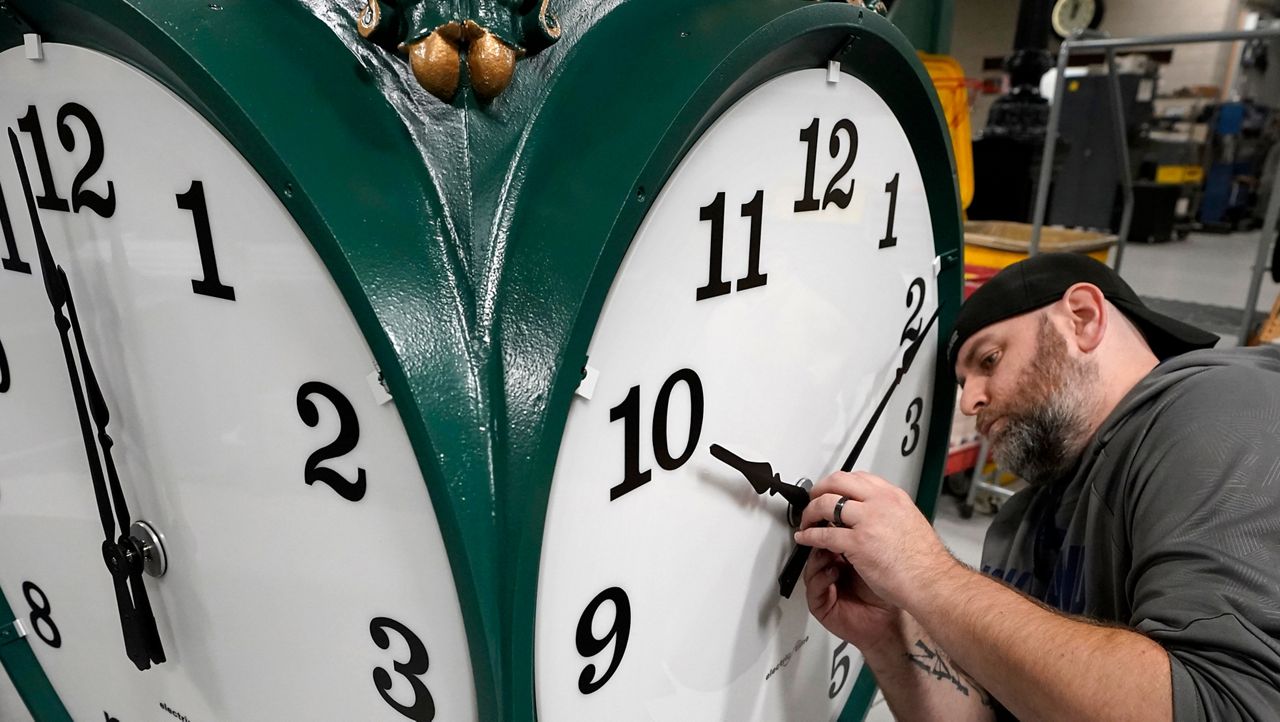It’s that time of the year when we set the clocks back one hour, returning us to standard time, reducing the amount of daylight in the evenings, but we gain an extra hour of sleep this weekend.
This brings up the conversation of why we need to do the switching of the clocks twice a year. Why not just stay on daylight saving time year round or standard time for the entire year?
However, it’s not that easy. The path to accomplish this includes federal approval.
The United States began the concept of daylight saving time in 1918, during World War I, to save fuel. By advancing one hour ahead, coal-fired energy would assist the war effort rather than that hour at home.
Standard time returned following the war and continued until World War II. After World War II, some states and even cities kept daylight saving time, creating various time zones within regions. Frustrated with no uniform time, the public pushed Congress to pass the Uniform Time Act in 1966.
This established the time frame that daylight saving time would begin the last Sunday in April and end the last Sunday in October.
In 1987, it extended to include the first Sunday in April and end on the last Sunday in October.
Part of the Energy Policy Act of 2005, the modern daylight saving time begins on the second Sunday in March and ends on the first Sunday in November.
This current time shift began in 2007.
Hawaii doesn’t participate because of its location. With not much variation throughout the year between sunrise and sunset, it made little sense to switch the clocks.
Only the Navajo Nation in Arizona observes daylight saving time. The rest of the state exempted itself in 1968.
They cited the heat as their reason for opting out, adding that if they switched the clocks ahead one hour, the sun would not set until 9 p.m. in the summer, limiting nighttime activities.

The Department of Transportation oversees daylight saving time and all the country’s time zones.
According to the National Conference of State Legislatures (NCSL), Federal law refers to the Uniform Time Act, which was passed in 1966. This law allows a state to exempt itself from observing daylight saving time or staying on standard time year round. However, it does not allow a state to be on permanent daylight saving time.
As of 2024, at least 30 states have considered or are considering legislation or resolutions about Daylight Saving Time.
22 States that have introduced legislation exempting from daylight saving time and staying on standard time year-round. No federal approval will be needed if passed.
On the other hand, 20 states have enacted legislation or passed resolutions to provide for year-round daylight saving time, but there are a few caveats. If Congress allows the change and if the surrounding states enact the same legislation.
On March 15, 2022, the U.S. Senate voted unanimously in favor of the Sunshine Protection Act, which would make daylight saving time permanent, meaning Americans would no longer have to change their clocks twice a year to account for the time change.
While the Senate passed the bill, two and a half years later, it remains stalled in the House and has not been signed into law by President Biden.
For now, legislation to observe daylight saving time year-round remains pending.
Other states will continue to perform case studies and collect data to see if this shift is beneficial in saving energy, helping improve health and reducing crime.
And so we will change our clocks back one hour this Saturday night, returning to standard time and then on March 9, 2025, we will move the clocks forward one hour, switching to daylight saving time.
Our team of meteorologists dives deep into the science of weather and breaks down timely weather data and information. To view more weather and climate stories, check out our weather blogs section.



